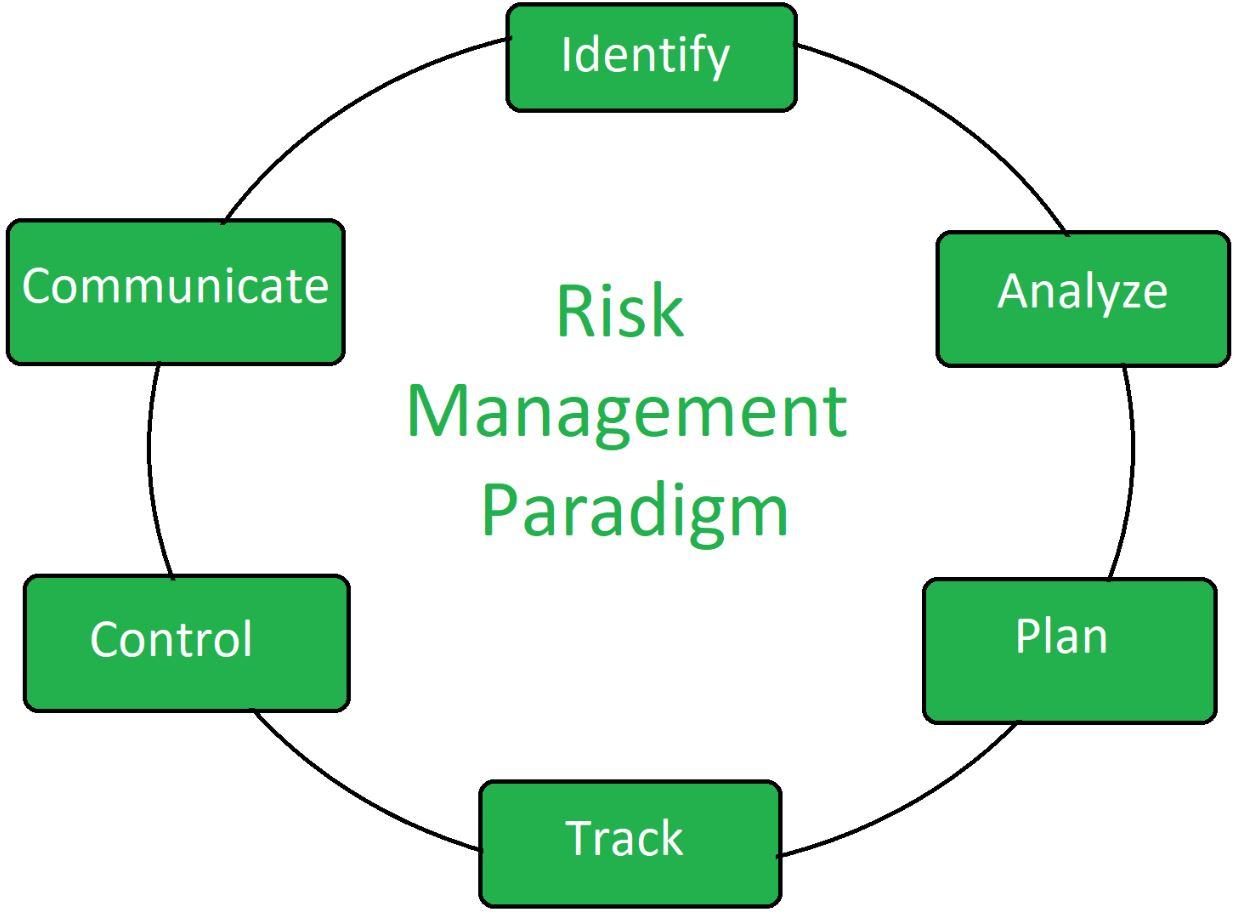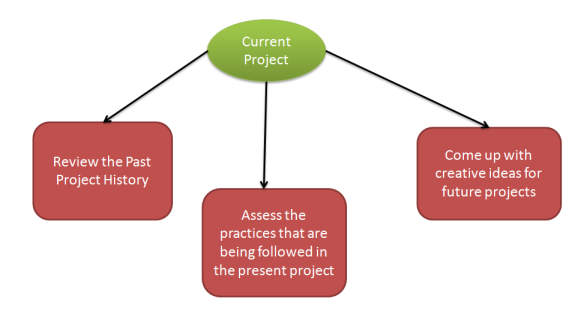How to identify and manage software testing risks
As software releases are expected to happen faster, testers are placed under more pressure. Pressure to find and eradicate bugs earlier in the release cycle, to avoid them being costly and delaying release timelines. That said, if companies want to stay ahead of the competition, it’s important from the outset their testing processes are free from risks and vulnerabilities.
Can automated testing best ensure thorough validation? How can team procedures proactively avoid risk? Addressing these questions is critical, as the answers directly influence the quality of deployment.
The game has changed – it’s all about being agile and working together. This blog will show practical tips on creating a strong risk management system using a combination of solid strategies and technologies like AI and test management tools to elevate your ability to master risk management in software testing.
Want to significantly cut costs related to delays and stay ahead of the market? Dive in!
Fundamental steps in managing software testing risks
Identity risk
Before testing software, early risk identification is crucial. QA teams must know which parts of the code are likely to cause issues. According to Software Testing Help, risk identification, anything that can possibly render the deployment ineffective, ultimately prevents loss of ROI. Risks may include:
- Tight timelines
- Undefined project scope
- Insufficient resources
- Continuously changing requirements
- Natural disasters
Leveraging AI algorithms, teams can now automate the detection of potential risks, enhancing accuracy and saving valuable time.
Analyze risk
Once all potential project risks are identified, they must be analyzed to effectively plan mitigating actions based on their potential impact. This process involves:
- Risk Analysis Scenario: Identify possible risk scenarios and the conditions that might lead to their occurrence. Assess the magnitude of potential impacts and communicate findings to stakeholders.
- Scope Definition for Risks: Understand the root causes of risks, determine affected areas, and establish boundaries and limitations for managing each risk.
- Prioritization Criteria Development: Not all risks can be addressed simultaneously. Establish a hierarchy of risk-response plans, setting criteria to prioritize risks and allocate resources effectively.
Plan your execution
Once QA teams have researched and examined potential risks, they can outline procedures for risk management. Potential risks can be ranked by their cruciality to software functionalities and system operations. Modern test management involves integrating risk mitigation plans into testing procedures to prevent deficiencies and minimize conditions leading to failures.
Actions to consider include:
- Treating risk management as an ongoing process, updating assessments as more information becomes available.
- Building a unified vision among stakeholders to enhance risk identification and mitigation strategies.
- Adopting a global perspective by considering software risks related to the system’s purpose and business problem.
- Planning for the future risk by preparing management strategies.
- Fostering open communication by encouraging stakeholders to continuously identify and discuss risks.
- Integrating risk considerations into the software development process to ensure they are continuously addressed.
Keep, track and control risk using test management
Risk can appear at any time, so QA testers must be prepared to handle it efficiently and promptly. Tight development schedules demand quick attention and effective management to address unanticipated issues, preventing delays or project setbacks.
In QA, critical challenges often emerge during test execution. Spreadsheets and charts are insufficient to reduce redundancies, or to specify risk in detail. Advanced test management solutions incorporating AI help prioritize challenges and predict testing outcomes, improving decision-making processes.
Risk management specifications can include:
- A high number of test builds
- Insufficient regression time
- Unavailable prerequisites
- Incomplete validation
- Unresolved, misapplied, unrecognized metrics
With test management tools, testers can tackle challenges collaboratively, finding practical solutions through teamwork. Managing potential issues often involves everyone pitching in to identify and address problems before the project kicks off. As the project progresses, staying flexible is key to resolving issues quickly and minimizing downtime.
Companies should see test execution as a key stage in any project because it really sets the stage for quality and tells us whether we’re good to go or need to hit the brakes. Testing teams play a big part here. They need to keep an eye out and speak up about any issues potentially messing with the schedule or jeopardize the project’s success. Managing these risks isn’t just about spotting them; it’s about tackling anything that could go wrong, from tech glitches to human errors or even organizational snags. The goal is to keep these risks at a manageable level, using whatever tools and tactics are available to smooth things out.
Prepare for the unknowable
In managing project risks, QA teams need to stay on top of both anticipated and unanticipated challenges. These generally fall into two categories: Anticipated Unknowns and Unanticipated Unknowns.
- Anticipated unknowns: Risks the QA team might be aware of but uncertain about when or how they’ll arise.
- Unanticipated unknowns: Risks that come as complete surprises, often due to new technologies.
Handling both types of risks requires clear communication and flexibility to adapt as new information or technologies emerge.
Mitigate risk through planning
Software risk planning is crucial to the success of QA testing. Set up a testing plan that highlights workflow procedures contributing towards risk mitigation.

Image Source: GeeksForGeeks
Success in mitigating software risk stems directly from upfront assessment of project challenges:
- Define measures to lower or prevent risks
- Define measures to reduce the impact of unalleviated risks
- Continuously monitor software and system performance through automated testing to quickly identify risks
Specify risk
QA teams play a key role in risk mitigation, creating strategic testing plans to address inherent risks. Integrated testing during development iterations allows early issue detection and quicker fixes, aligning well with agile processes. Prioritizing testing sequences by crucial functionalities also mitigates risk. This approach streamlines the testing process and enhances the software’s agility and quality.
Determine testing sequence priorities by assessing risks in the following categories:
Scheduling risk: Testing projects are not efficiently or completely scheduled to meet the deployment deadline. Inefficiency in scheduling can include:
- Inaccurate time estimates
- Improper assessment of required tool resources
- Improper assessment of required manpower resources
- Unanticipated expansion(s) in project scope
- Inaccurate identification of complexities, functionalities, or operations.
Budget risk: Required investment is inaccurately anticipated, including:
- Inaccurate cost estimation: Certain required items excluded from the estimation of costs
- Cost overruns: Unanticipated expenses, or inaccurate estimation, have cause unanticipated expenses
- Expansion of the project scope: The project scope is expanded to include initially unanticipated expenses.
Operational risk: Ineffective processing, system failures, or unanticipated circumstances define operational risk. Causes include:
- Failure to establish testing priorities
- Conflicting test priorities
- Insufficient resources
- Improper training
- Improper communication among team members
- Improper communication with enterprise stakeholders
Technical risk: Technical risks often lead to functionality and performance failures. Some causes include:
- Continually changing requirements
- Lack of technical resources
- Product complexities
General risk:
- Changes in market strategies
- Changes in government regulations
- Changes in customer demands and interests

Image Source: International Software Test Institute
Treating identified risk
At times risk is identified after the fact. When risk happens despite upfront assessments, it can possibly be treated in one of four ways:
- Risk mitigation: Renewed planning to avoid the risk.
- Risk acceptance: The risk was not eliminated in prior releases and is therefore accepted in the current release.
- Risk transfer: Outsourcing the solution to a specialty risk-treatment company.
- Risk surrender: Postponing the application development for a later release, significantly impacting by reduction enterprise ROI.
Risk is the expectation of loss through possible inoperability. Caused generally through lack of communication, information, planning, tracking, management, or allowance for time, software risk is the possibility of enterprise loss due to lack of functionality in software development.
The loss caused by a failure to mitigate risk can include:
- Missing the deployment deadline
- Reduced ROI
- Increase in product cost
- Poor quality software
- Failure to meet contract obligations
To ensure effective risk mitigation, it’s crucial to systematically review the testing plan, procedures, modules, and metrics. This review helps gauge the accuracy and effectiveness of the risk planning implemented. Teams should consider these questions:
- Were risk mitigation measures effectively defined and executed?
- How effectively did measures designated to risk mitigation ensure successful deployment outcomes?
- Were measures to reduce the impact of unmitigated risk defined and executed?
- How effective were the measures designated to reduce the impact of unmitigated risk in ensuring successful deployment outcomes?
- What steps can be taken to improve risk mitigation in future projects?
The follow-through is to effectively integrate the fixes into current and future testing procedures.
Analysis solutions
Reviewing past projects helps pinpoint risks that might cause significant problems. This preventative approach avoids:
- Loss of revenue
- Customer dissatisfactions
- Costly time delays
- Data inconsistencies
- Lost data
- Failure to fulfill contracts
Make sure your organization is well-prepared to handle risk and dedicate resources to risk mitigation through effective and efficient software testing. A good strategy not only speeds up your software release, but also maximizes your return on investment. Thorough, early planning, and automated test management tools ensure smooth operations, speed up processes, spot weaknesses, and maintain a reliable infrastructure.